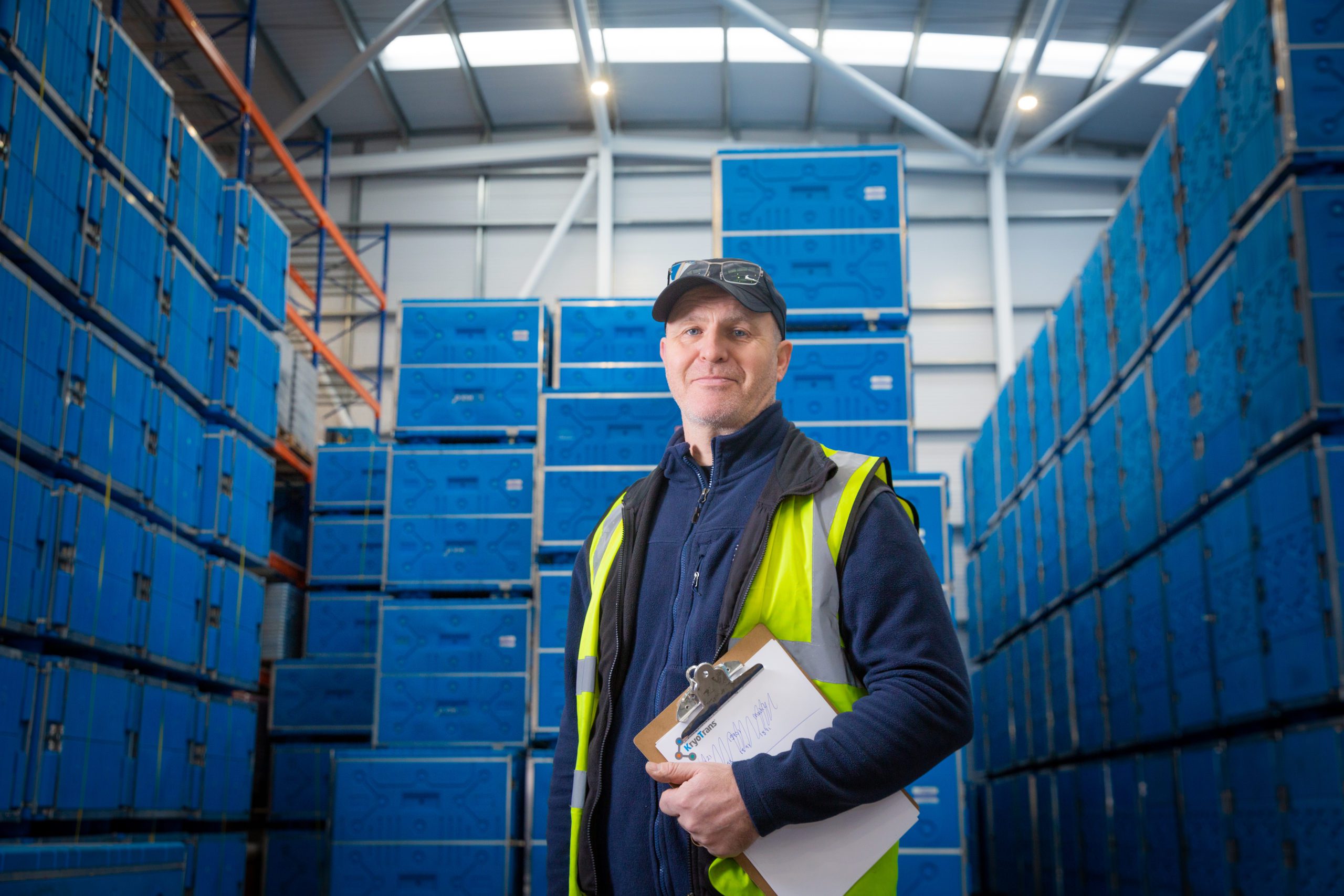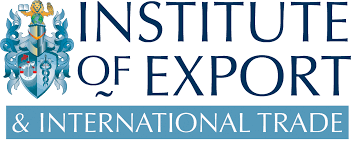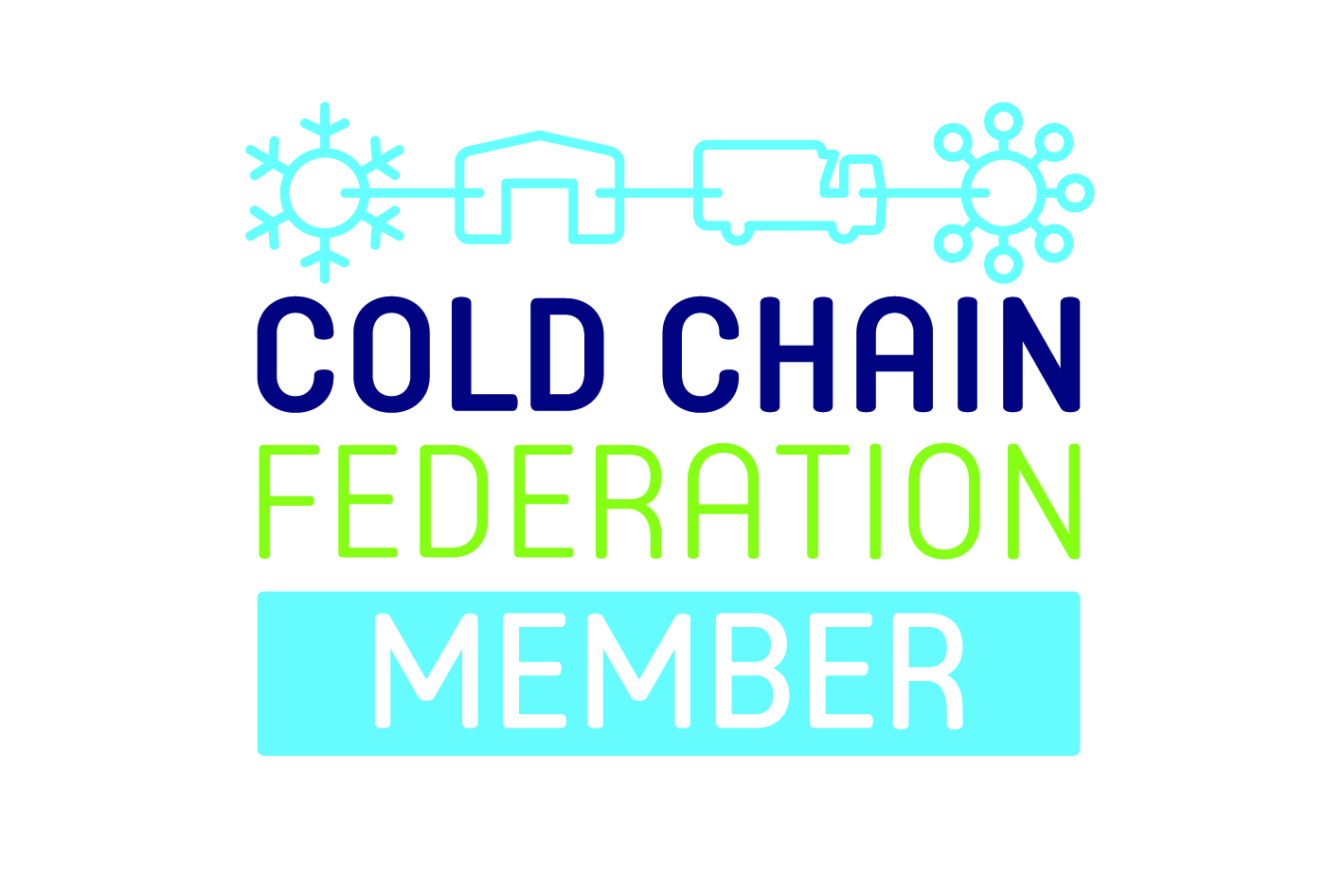How Monitoring and Tracking Technology Prevents Spoilage

Temperature fluctuations are one of the greatest threats facing companies shipping perishable goods around the globe. From fresh produce to pharmaceuticals, breaching temperature control parameters can result in spoilage, wastage and lost profits. This is why so many businesses now require that their cold chain solution provider use appropriate monitoring and tracking technology to preserve their consignment.
Why temperature fluctuations occur
There are many reasons why temperature fluctuations can occur in transit, including external weather conditions, delays in transportation, equipment malfunctions and even improper handling. Although many of these causes can be mitigated against with correct signage and by selecting the most appropriate travel route, occasionally, issues do arise which could have a detrimental effect on the goods in transit, reducing their shelf life or spoiling them entirely.
What technology exists to mitigate these risks
The most effective way of monitoring your consignment is to select a cold chain services provider whose packaging solutions are fitted with temperature sensors and monitoring devices that provide a continuous and real-time record of the temperature of the goods in transit.
Many sensors can record additional environmental information, including Shock, tilt, motion, altitude, location, internal & external temperature , to allow operators to put in place mitigations such as using backup power supplies, re-routing the cargo or using a secondary cooling method to maintain the temperature of the goods in transit at acceptable levels should an alarm be triggered in case of deviation.
By proactively monitoring the temperature of goods in transit, early action can be taken to prevent spoilage and thus increase the shipping organisation’s productivity, profitability and reputation, as goods will always be received in the same condition as they were in when they left the manufacturer.
Benefits of monitoring and tracking technology
Beyond the obvious benefit of reducing spoilage of temperature-sensitive cargo, monitoring and tracking technology also improves compliance with regulatory requirements and quality standards. Industries such as pharmaceuticals and food are mandated to abide by strict temperature control regulations at all times to ensure that their products are fit for purpose and safe for the consumer.
Companies that employ sophisticated temperature monitoring and tracking technology on all of their cold chain shipments can provide comprehensive documentation in the event that they are audited, proving that their products have been handled in accordance with their defined parameters and are safe to use.
Information gathered in this way is also useful for businesses wishing to implement performance efficiencies. They can analyse performance to understand trends, identify areas for improvement and target specific areas of their shipping processes to enhance the overall efficiency of their cold chain operations. This not only improves the quality of their transported goods but can drive impressive cost savings and improve customer satisfaction.
In conclusion, there are many ways in which monitoring and tracking technology helps businesses to avoid the perils of temperature fluctuations in transit. By embracing this technology, firms can maintain real-time visibility of the condition of their cargo, proactively intervene if necessary, and achieve regulatory compliance, cost savings and process efficiencies at the same time.









